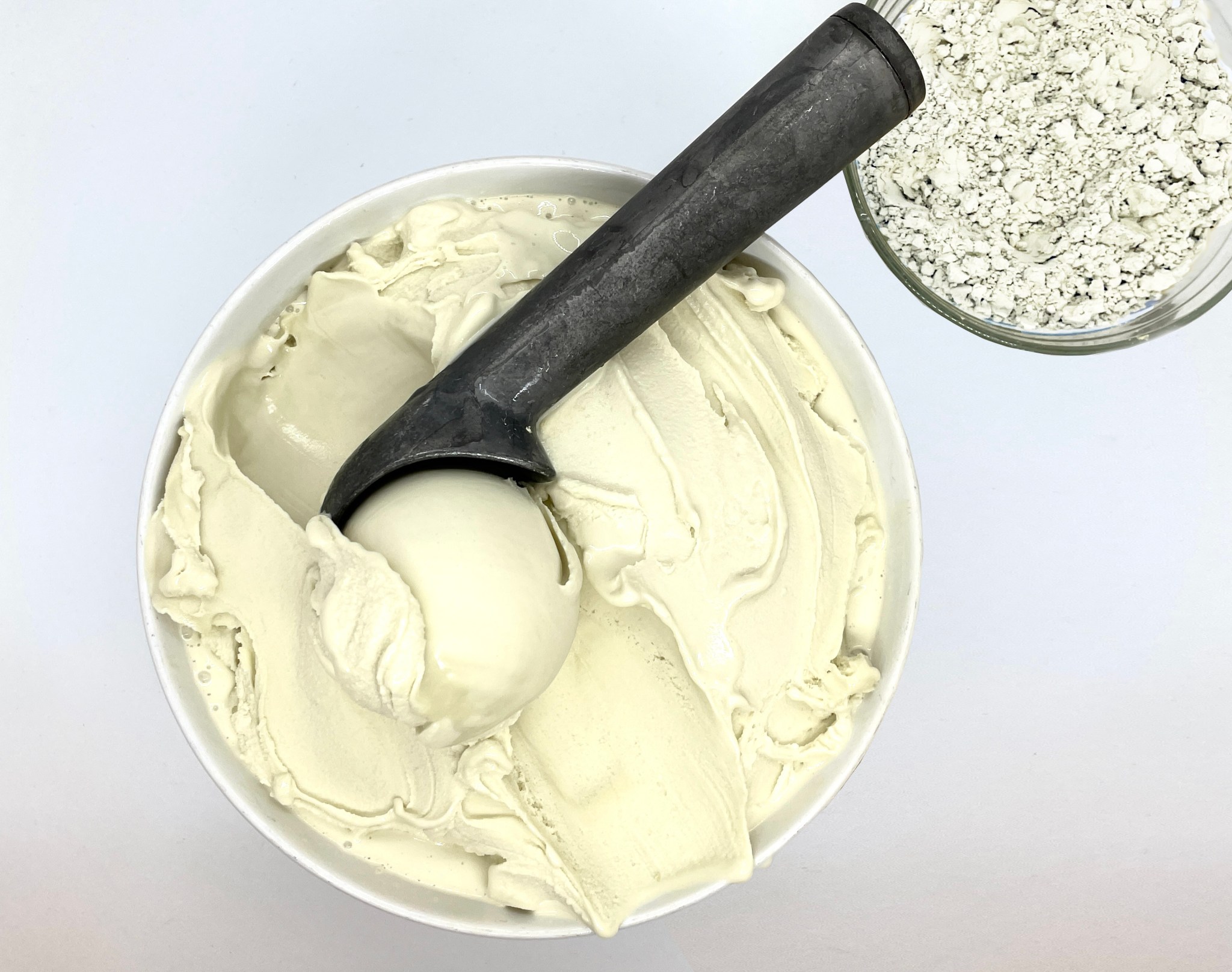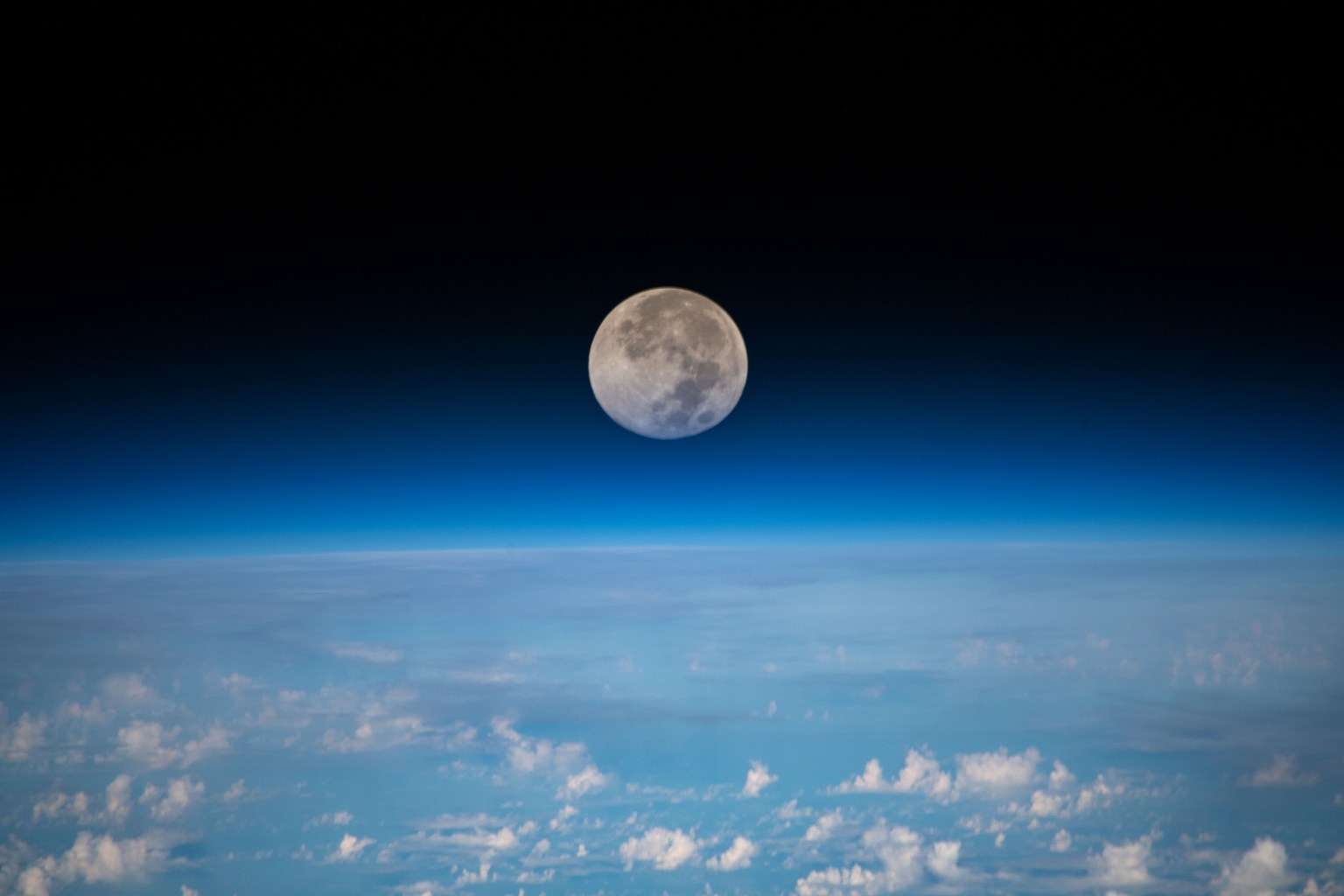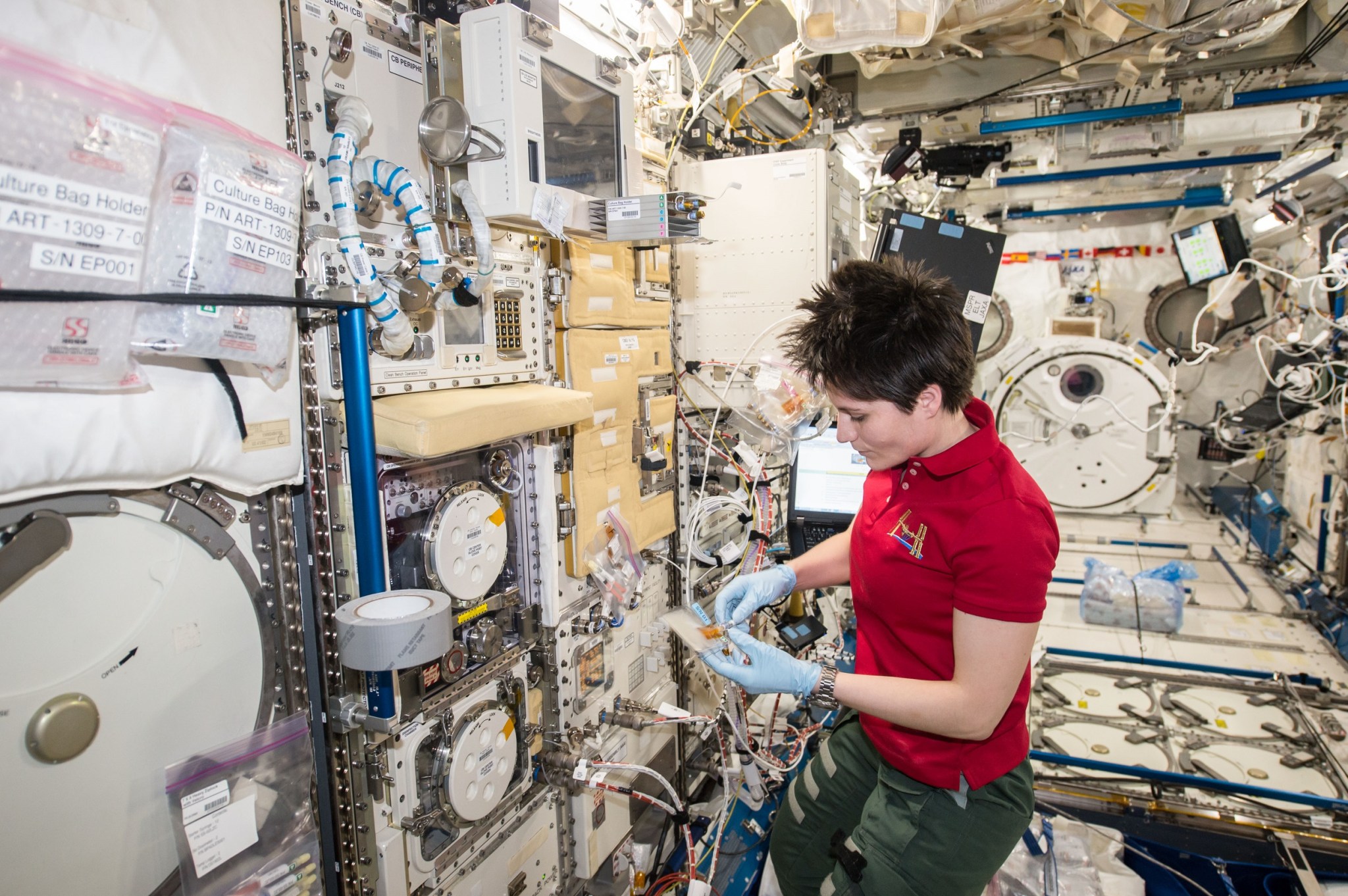Crew members are kicking off operations for several biological experiments that recently launched to the International Space Station aboard NASA’s 32nd SpaceX commercial resupply services mission. These include examining how microgravity affects production of protein by microalgae, testing a microscope to capture microbial activity, and studying genetic activity in biofilms. Microalgae in microgravity Sophie’s BioNutrients This ice cream is one of several products made with a protein powder created from Chlorella microalgae by researchers for the SOPHONSTER investigation, which looks at whether the stress of microgravity affects the algae’s protein…
Read MoreTag: Microbiology
Space Station Research Advances NASA’s Plans to Explore the Moon, Mars
4 Min Read Space Station Research Advances NASA’s Plans to Explore the Moon, Mars The full moon is pictured as the International Space Station orbited 254 miles above the Pacific Ocean northeast of Guam. Credits: NASA Space, the saying goes, is hard. And the farther humans go, the harder it can get. Some of the challenges on missions to explore the Moon and Mars include preventing microbial contamination of these destinations, navigating there safely, protecting crew members and hardware from radiation, and maintaining and repairing equipment. Research on the International…
Read MoreStation Science 101: Epigenetics Research in Space
A growing body of research suggests a link between epigenetic mechanisms and a wide variety of illnesses and behaviors, including cancer, cardiovascular and autoimmune illnesses, and cognitive dysfunction. Epigenetics also plays a role in the changes humans and other living things experience in space. This phenomenon has become part of studies in a wide variety of fields, including microgravity research conducted aboard the International Space Station. So just what is epigenetics? According to a paper from the National Institute of Environmental Health Sciences, it includes any process that alters gene…
Read More

